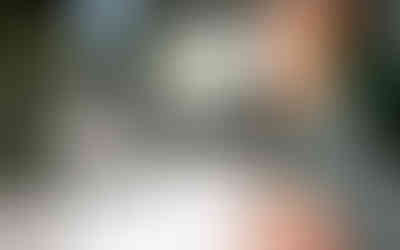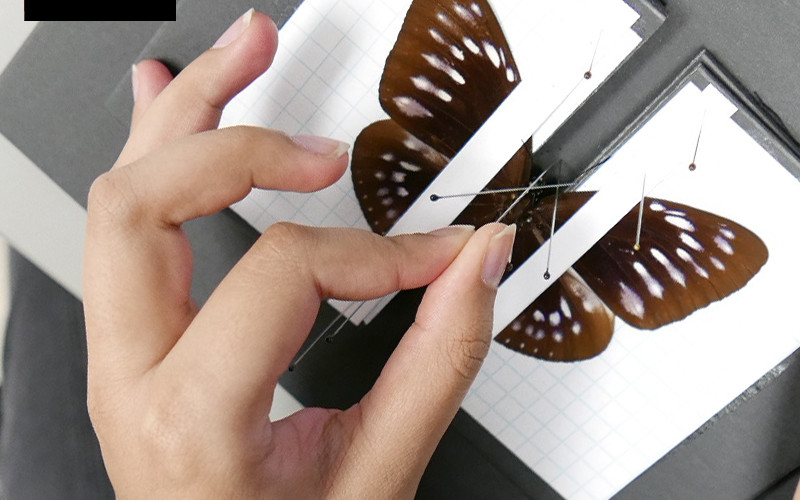Butterfly Renderings
- chrejsa
- Feb 4, 2020
- 2 min read
Updated: Mar 18
One of the rendering assignments I require in my Intro to Life Science Visualization course is scientific rendering from observation. An entomological study involves drawing a butterfly from a live specimen. We discuss research, visual analysis, and why internet scrap art is not always the best option. Using live specimens gives us all the answers right in front of us. We can take exact measurements, observe the number of cells on the wings, and determine the most accurate colors. Obtaining a butterfly specimen is easy and inexpensive; I encourage all budding visual scientists to practice this type of illustration.
A life science illustrator creates a didactic drawing. We are showcasing the identifiable details of a natural subject. This illustration style differs from fine art, which creates a mood, sets a tone, and connects with a viewer's emotions. Many students come into my course as science majors and not fine artists. I tell them not to worry, I am not concerned about their creative skills as much as I encourage using observation skills to focus on accuracy and decision making in telling the best science narrative.
We discuss proper research methods and how to find the best resources online. We learn to organize and create a snapshot of our research to defend our visual choices. We learn labeling techniques using Adobe Illustrator and rendering techniques using Adobe Photoshop.
If you want to work with your butterfly specimen, see my video here on how to hydrate and spread a butterfly on a mounting board. I made my own mounting boards using three layers of foam board, with a gutter for the body in the top two layers. The students enjoy creating their butterfly renderings and are engaged in the assignment.








